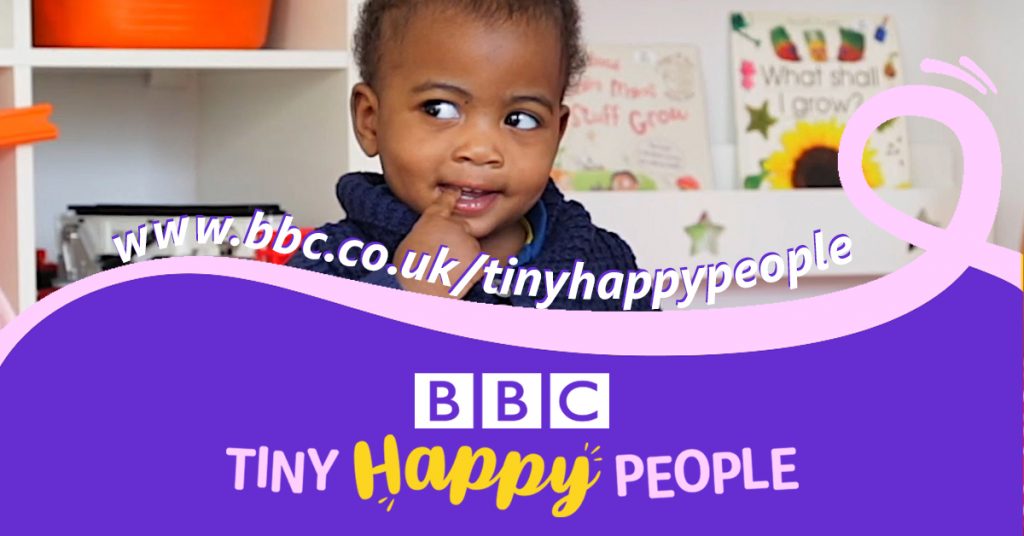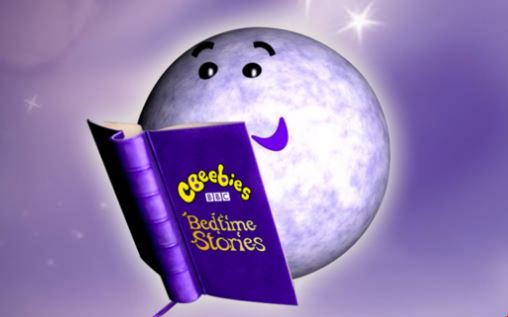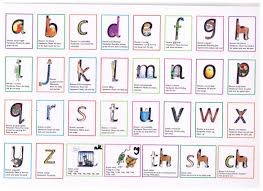
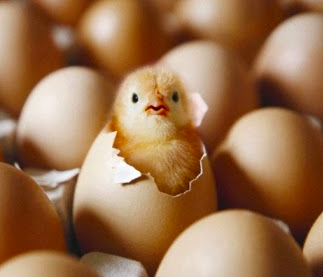
Are eggs alive?
Chick, chick, chick, chick, chicken. Lay a little egg for me! Are eggs alive? What are buds? It’s time to find out more about the things that happen in the world around us during spring.
This half term, we’ll head outside for a spring walk to see and explore a range of plants and animals. We’ll collect some frogspawn to take back to school for observation. Do frogs really develop out of this strange jelly? Looking at eggs more closely, we’ll learn about incubation and hatching. Back outside, we’ll set up a weather station to measure rain, temperature, and wind speed and direction. We’ll plant, care for and observe a range of seeds. What do they need to grow? Before we draw and paint them, we’ll smell and gently touch spring flowers, using hand lenses to identify petals, stems and leaves. In our literacy lessons, we’ll listen to and find out about the Easter story, and we’ll sing and play along to spring-themed nursery rhymes. Using our maths skills, we’ll count ducks. What happens to the total number when a duck goes missing? Not forgetting Easter eggs, we’ll pour melted chocolate into moulds to make chocolate eggs. Then, we’ll go on an Easter egg hunt!
At the end of the project, we’ll make spring bonnets with us. We’ll also take photographs of the plants we have grown.
Help your child prepare for their project
Spring has sprung! Why not look out for nesting birds and ducks when you go out for your daily walk? You could also monitor the plants in your garden or a local park over a number of days. Which ones are growing fast? Have any started to bloom? Alternatively, try out some springtime recipes in the kitchen. Spinach omelettes and spring pea soup are both delicious.
Supporting your child’s language development
The BBC have a new series called Tiny Happy People which is all about supporting you as a parent on your language journey with your child. Take a look at some of the things they have on their website – there’s something there for everyone.
Keeping active
It’s really important for your little one to keep active. Outside is best but if this is not an option there are lots of ways they can keep fit and healthy at home. Try Andy’s Wild Workouts or BoogieBeebies.

Supporting your child’s mental health
Keeping your child busy and active is really important, but having some quiet moments is good for them (and you too!) Try doing some mindfulness activities or yoga with your child.
Have a look at the Wellbeing section of the Hillstone Virtual School for more suggestions on how to look after your own and your child’s mentals health.
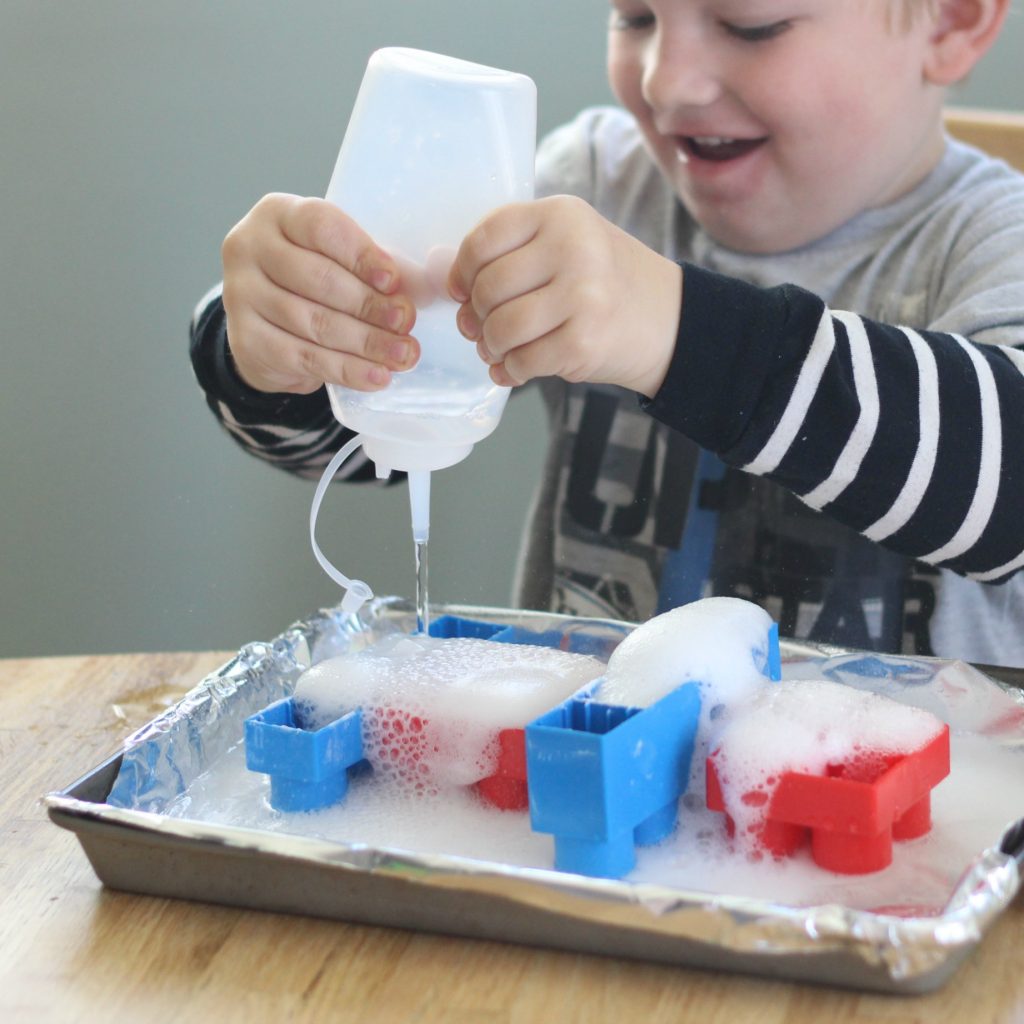
Finding out why things happen and how things work
Children love experimenting and finding out about stuff. Lots of the things you have at home are great sources of scientific discovery. Try out some of these experiments from the BBC.
Get creative
Craft activities are really good for lengthening your child’s attention span, improving fine motor activities and getting their creative juices flowing. There are so many ideas online, but here are a few good starting places. The Imagination Tree and The Spruce Crafts
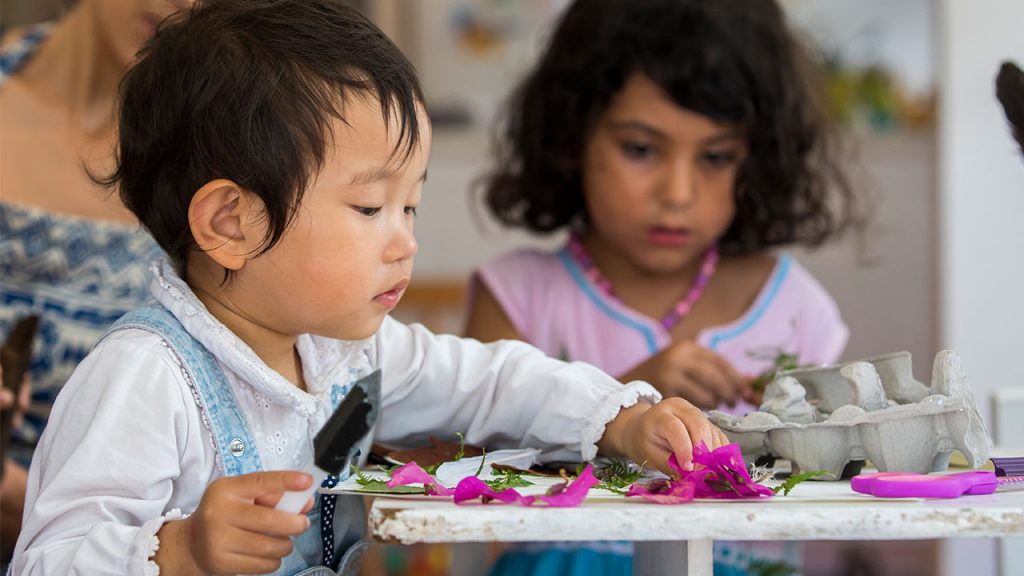
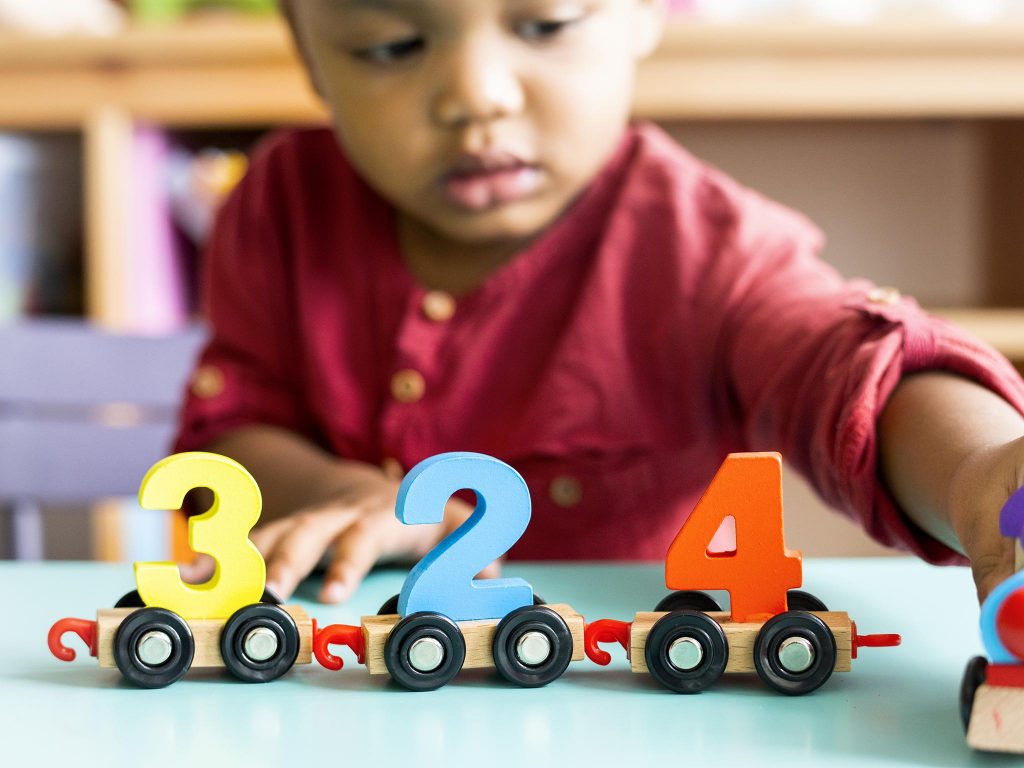
Enjoying stories
Reading stories to your child every day is crucial for your child’s development. But we understand that you may run out of books to read or have days when you are tired. Cbeebies have a wonderful selection of stories read by different people.
Learning the Pictures
The children really love the characters that are linked to letters. At this point in the year we continue to tell the children stories about the different characters and get the children to really listen to the start of sound at the start of each word e.g. mmmmmmmmmountain.
Moving on to learning sounds
Your child may be ready to start learning letter sounds now. Your child will need to look at Set 1 Sounds.
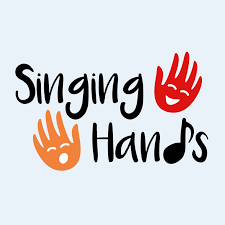
Don’t forget to share all the things your child is doing at home on Tapestry!

If you want to know more about the Early Years Foundation Stage and how you can support your child’s learning at home, it can be found here.



